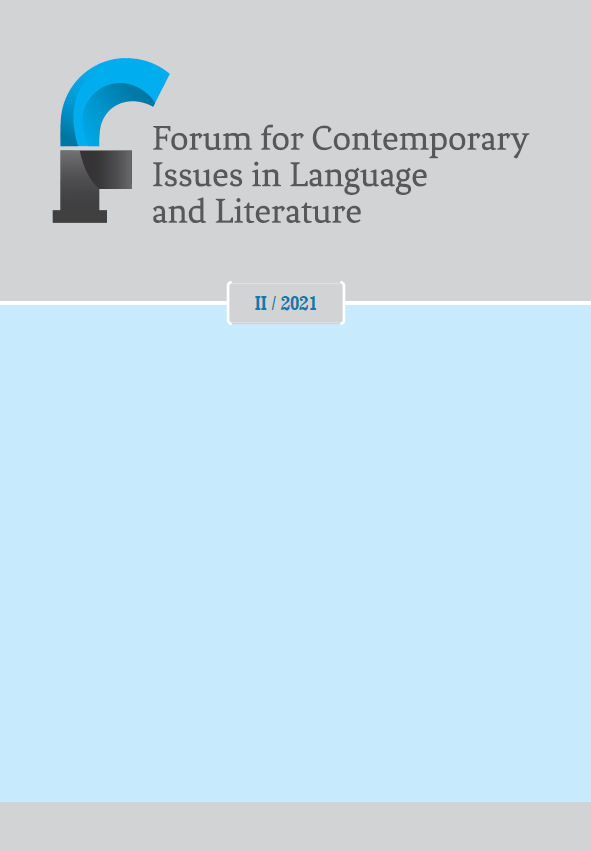CONCEPTUALISATIONS OF ANGER IN ENGLISH IDIOMS. AN ANALYSIS BASED ON THE EXTENDED CONCEPTUAL METAPHOR THEORY
DOI:
https://doi.org/10.34739/fci.2021.02.02Keywords:
figurative language, idioms, motivation, Conceptual Metaphor Theory, Extended Conceptual Metaphor Theory, metaphor, metonymyAbstract
The article combines the approach to idiom classification according to Langlotz (2006) and the recently suggested analytical framework for figurative language analysis known under the name of the Extended Conceptual Metaphorical Theory (Kovecses 2020). The aim of the article is to identify some of the conceptual pathways of ANGER idioms in English. The analysis of 37 idioms for expressing ANGER revealed that both metaphorical (e.g. go through/hit the root) and metonymic (e.g. make someone's hackles rise) motivations play a crucial role in the transparency of the idiomatic meaning. It was also concluded that three image schemas in particular play a crucial role in metaphorical idioms for expressing the concept of ANGER in English: ACTIVITY IS MOTIO N, INTENSITY OF ACTIVITY IS HEAT and ANGER IS HEAT. However, contrary to the HEAT element, which is particularly salient in linguistic metaphors for expressing ANGER (e.g. kindle the wrath), it is the MOTION element which plays the crucial role in the conceptualizations of ANGER in idioms in English (e.g. go through/hit the roof, flip the lid, fly off the handle).




